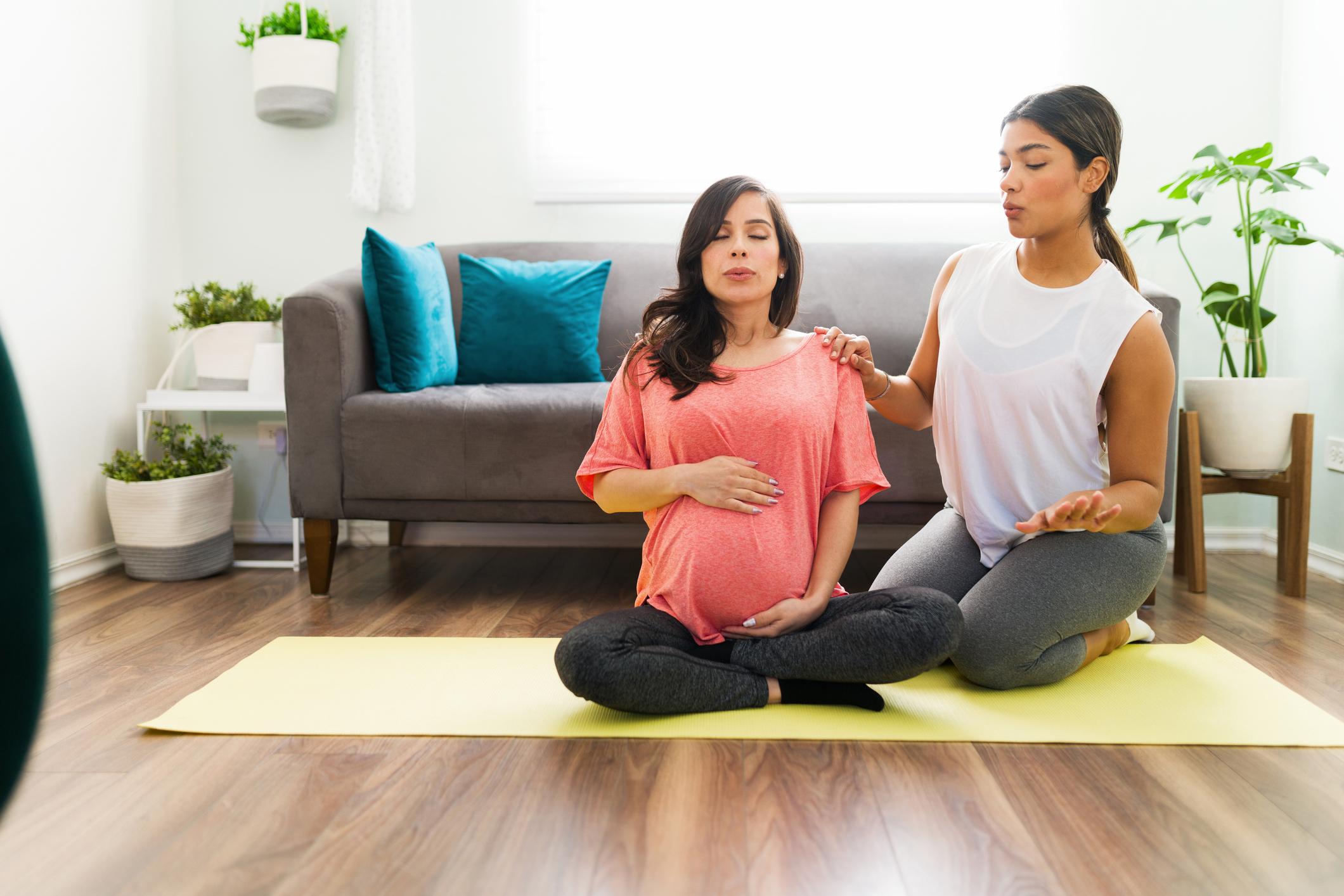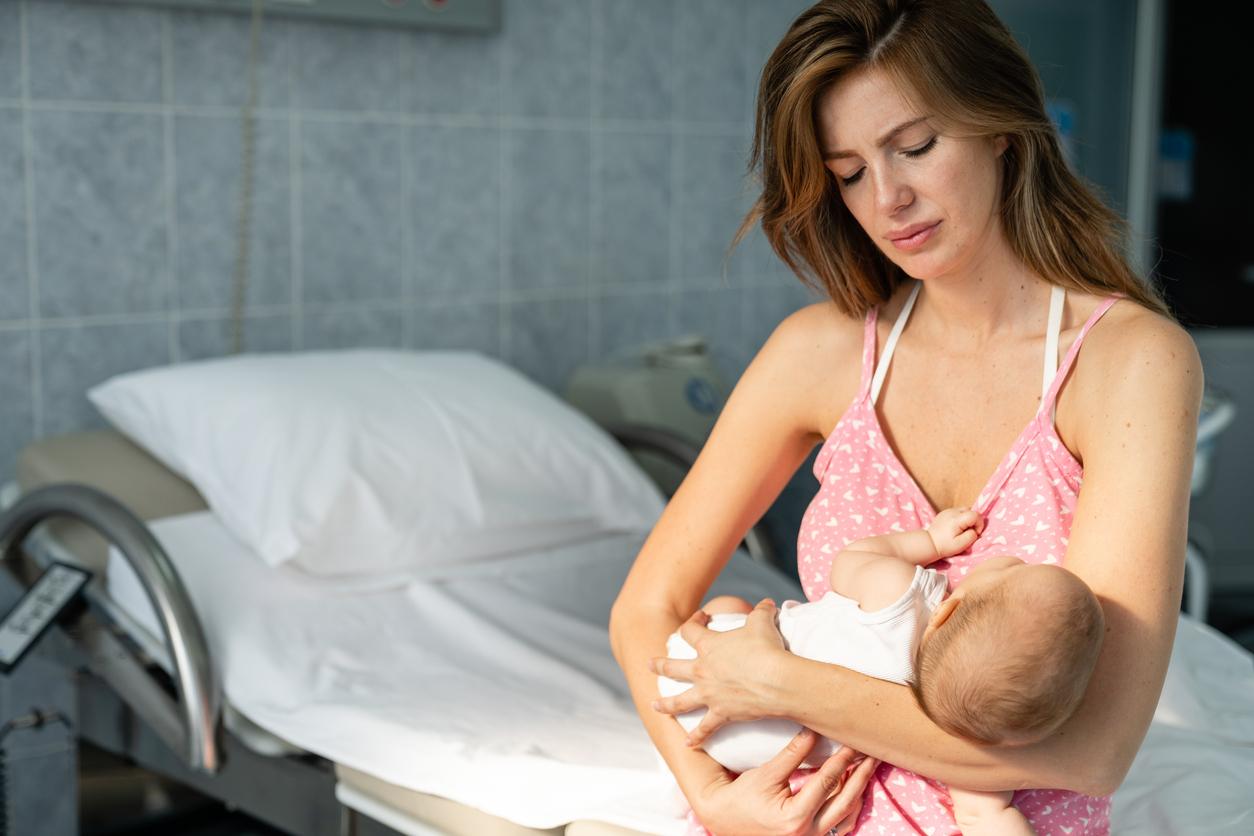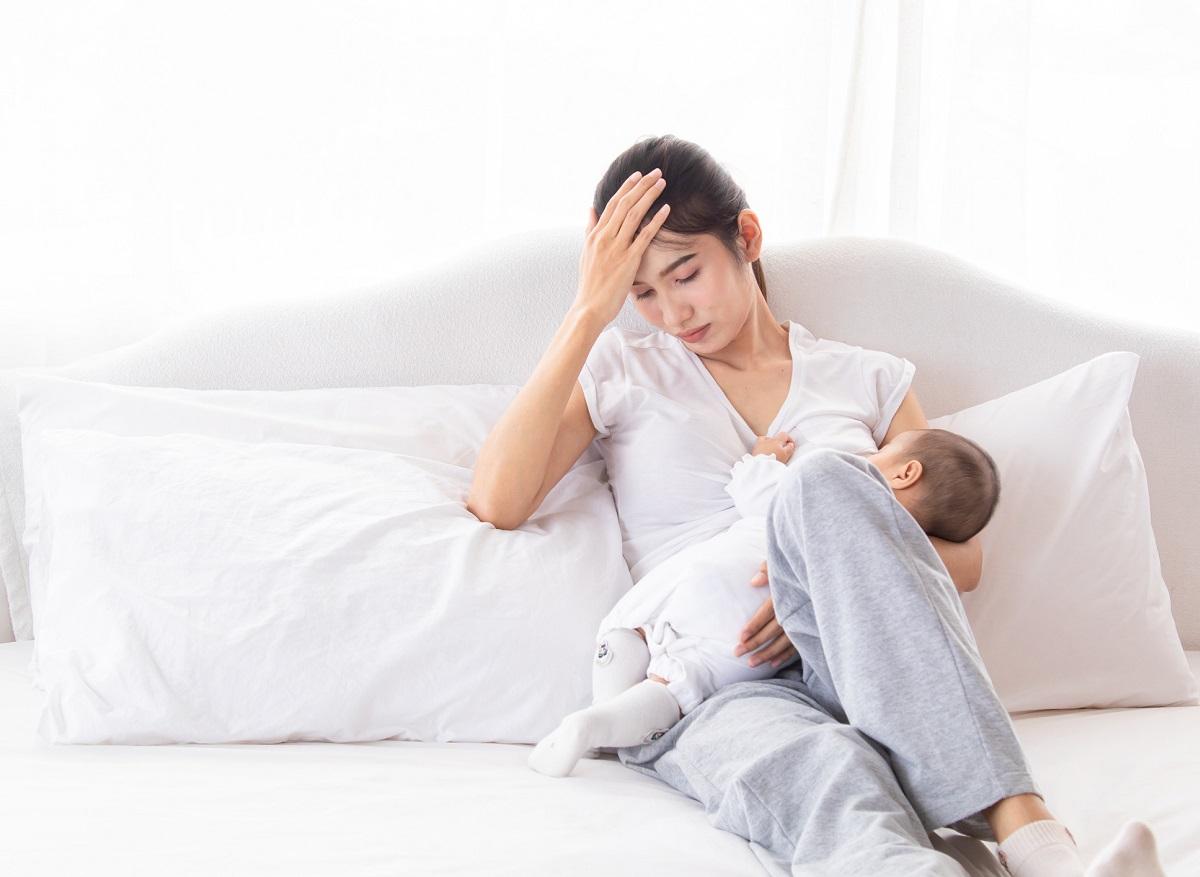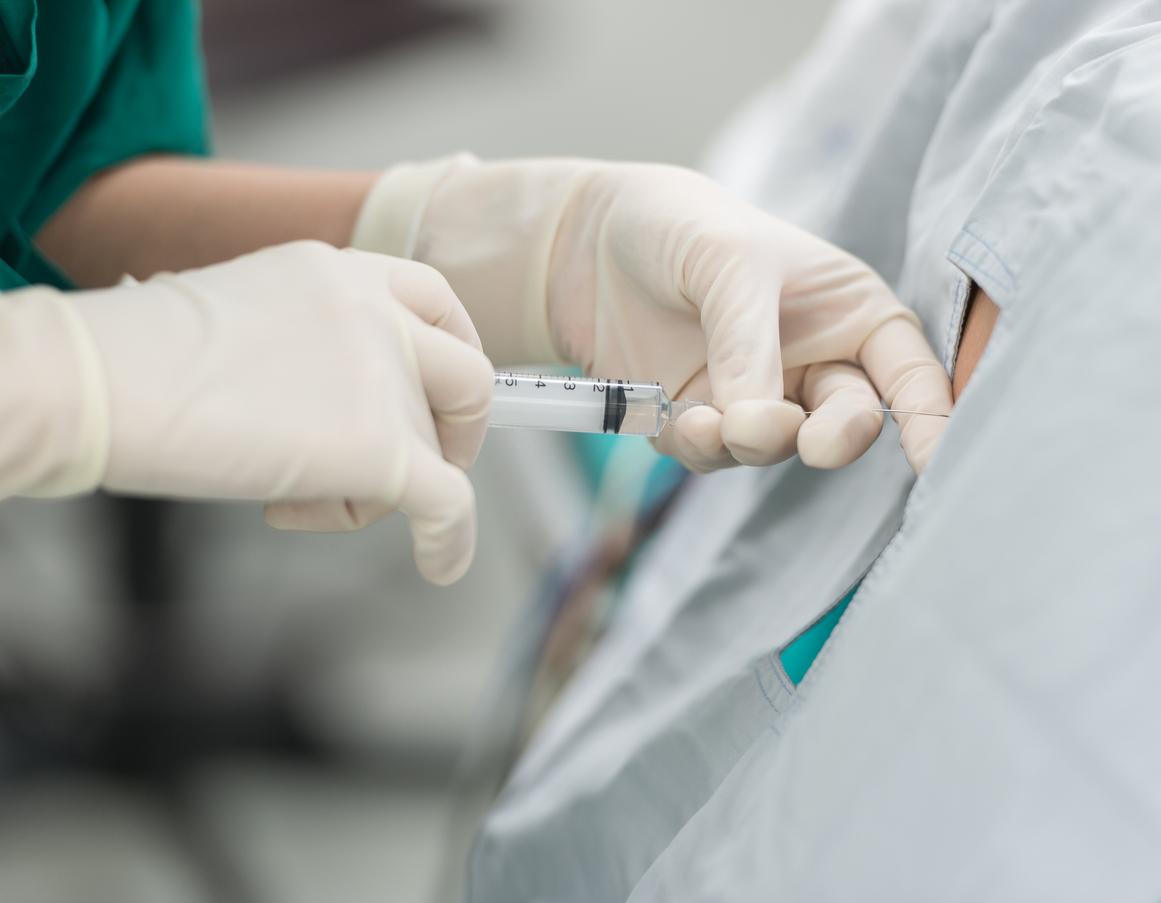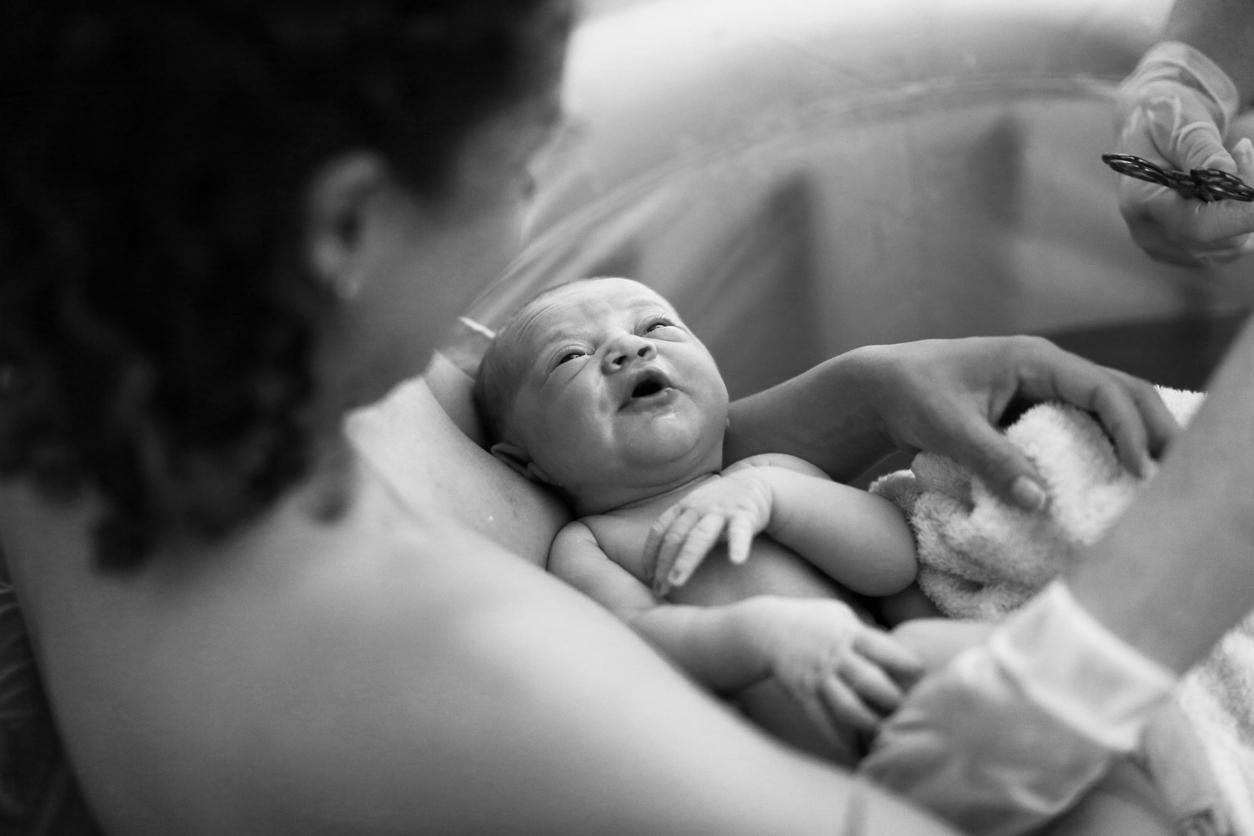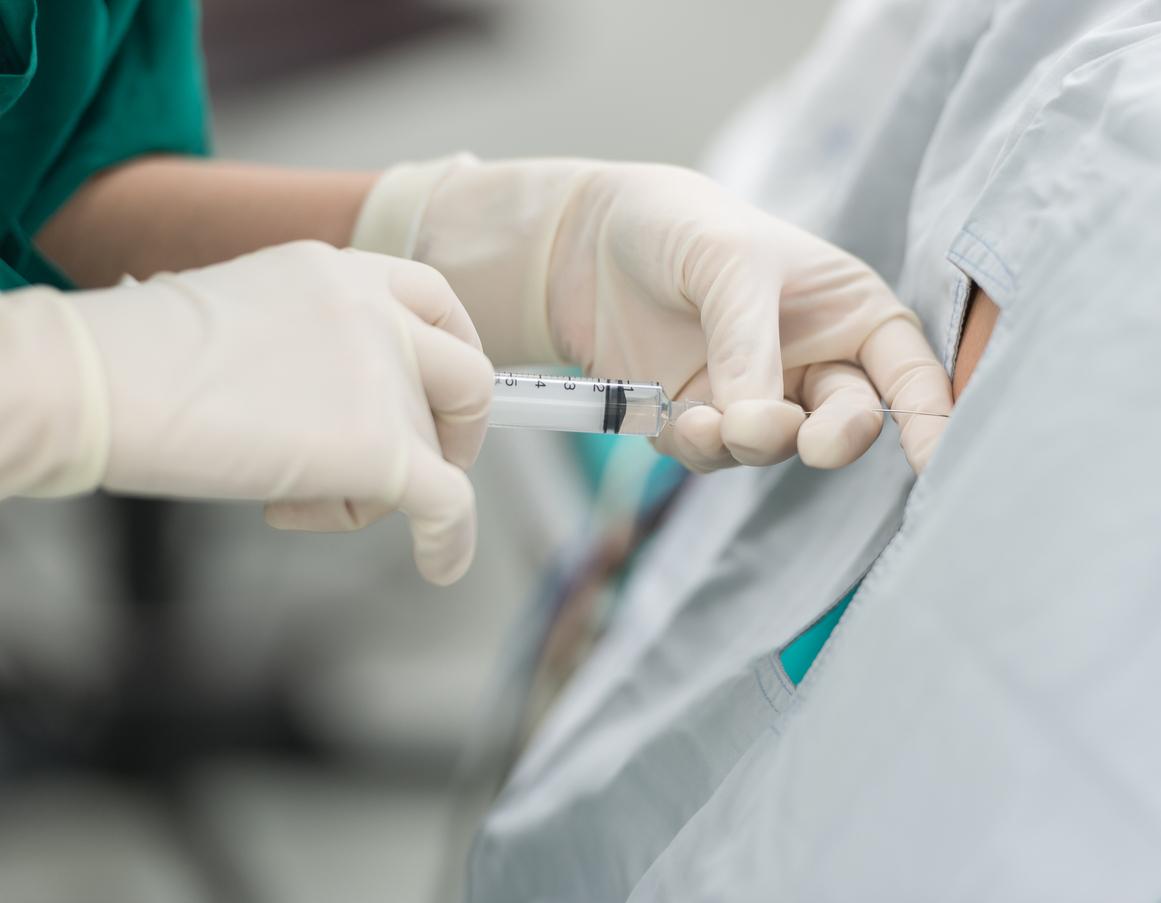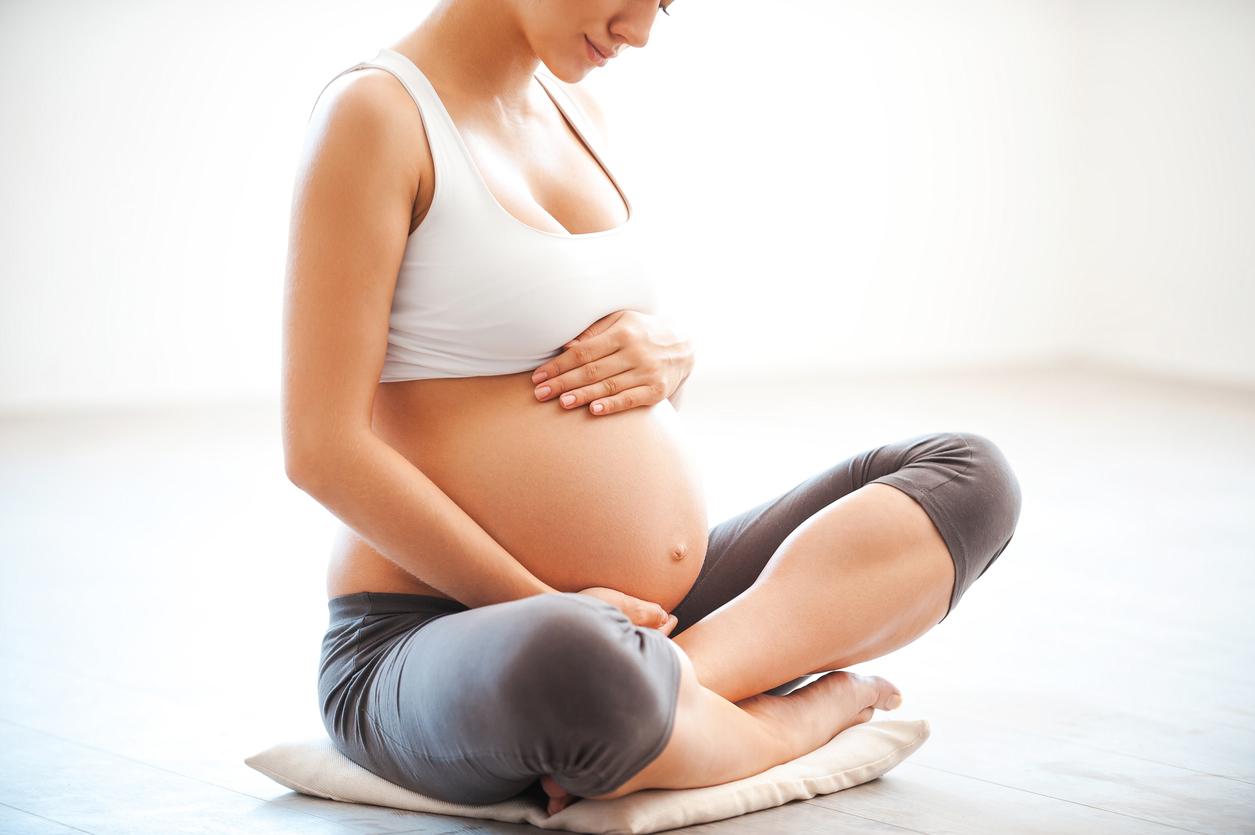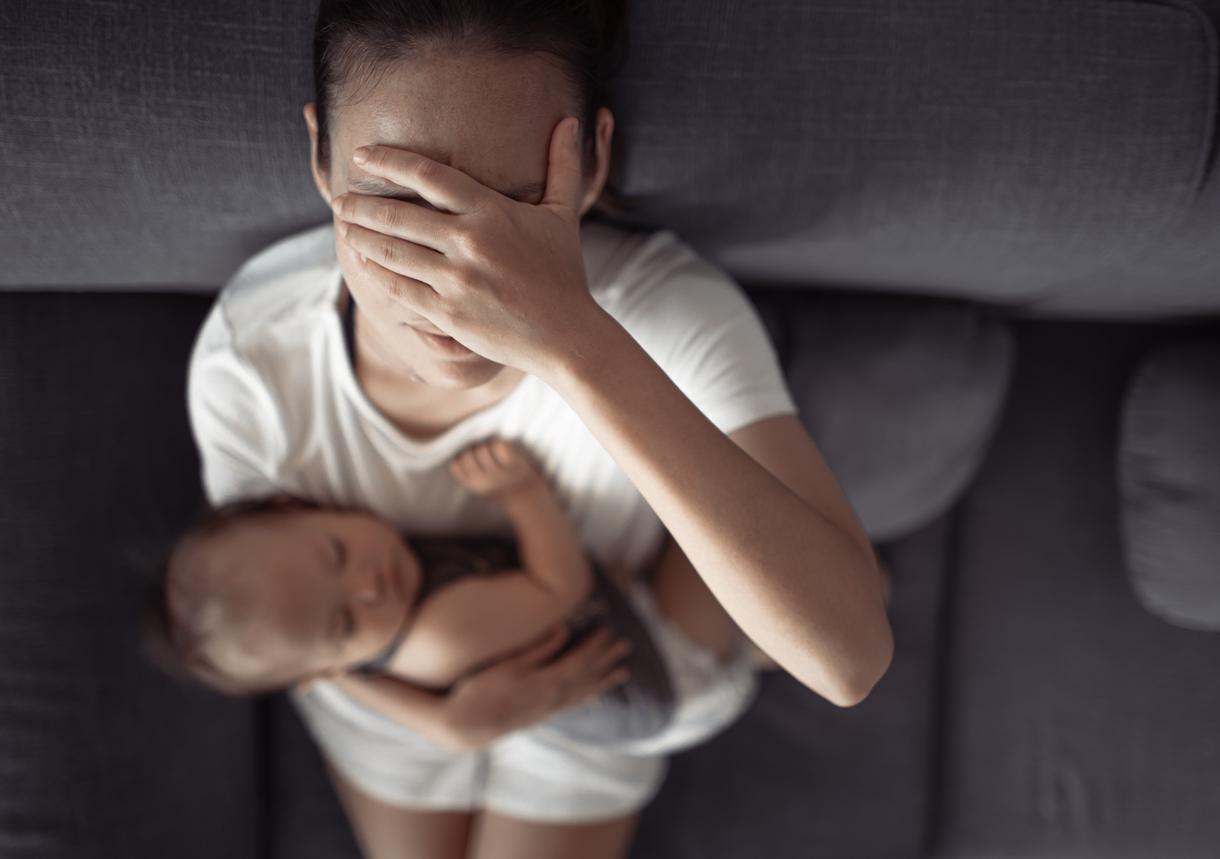A study finds that artificially induced deliveries have a lower risk of cesarean section than natural deliveries. Results that go against current knowledge.
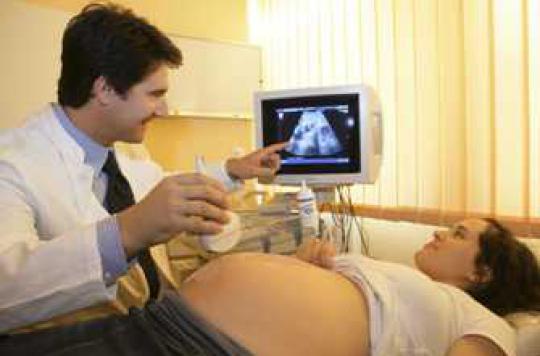
While the rise in the number of births initiated for personal convenience is often singled out, a new British study risks upsetting advocates of all-natural childbirth. Published in the Canadian Medical Association Journal, this analysis compiles data from 157 clinical trials comparing natural childbirth and childbirth artificially induced. Result: this study completely calls into question the established idea according to which the cesarean section in particular would be the main complication of induced childbirth.
In France, around 25% of childbirths would be triggered for medical or comfort reasons. An artificial induction which consists in causing contractions of the uterus to start labor, that is to say the process which ends in childbirth. Different protocols are currently offered to pregnant women: intravaginal administration of a prostaglandin gel, intravenous infusion of oxytocin associated with a rupture of the water bag or a detachment of the membranes performed during a vaginal examination in inserting a finger inside the collar.
12% lower risk of cesarean section with induction
It is because recent studies have suggested that the risk of cesarean section had been overestimated so far that these British researchers decided to carry out an update. In order to carry out their analysis, they therefore decided to collect the results of 157 clinical trials carried out on more than 31,000 non-twin deliveries. The main objective of this work was to measure the complication rates caused by the different methods of inducing childbirth, whether it be cesarean section, admission to neonatal intensive care or fetal death. As a result, the authors found a 12% lower risk of cesarean section among term and post-term pregnancies that were induced, regardless of whether they were at low or high risk otherwise.
In addition, the risk of death or fetal complications was also lower in women who had been induced compared to those in whom nature was allowed to take its course without medical intervention. Finally, no increased risk of maternal death has been demonstrated in induced women. “This work deserves our attention because the methodology is robust. Their conclusion goes the opposite of what is currently said, comments Prof. Israel Nisand, obstetrician-gynecologist at Strasbourg University Hospital. They still need to be confirmed. Nevertheless, women who are offered induction should be told that the argument against, which was to say, it increases the risk of cesarean section, is probably false ”.
Listen to Dr Pascale Le Pors, gynecologist-obstetrician at the CH Saint-Malo: ” The trigger is a balanced exercise. At the end of pregnancy, the risks increase for the baby, so it is not illogical to trigger and it is not illogical to find more complications when there is simple monitoring. “
A study that counterbalances “the 100% natural”
“Our results show that induction is one way to increase the likelihood of a vaginal birth,” said Professor Khalid Khan, co-author of the study. However, for childbirth professionals, there is no question of generalizing this method, even if they recognize that these results make it possible to weight the current trend towards 100% naturalness. While the over-medicalization of birth is often singled out in our country, this study reminds us that active medical surveillance also has good results. “This article can reassure women, but anyway, we do not trigger when conditions are unfavorable. When the cervix tends to soften and open, with a baby pushing hard on it, it can be offered and the woman disposes of it, ”explains Dr Pascale Le Pors.
Listen to Dr Pascale Le Pors : ” We must say stop to the formal side of everything natural and the permanent jargon of over-medicalization which is not true. This article shows that all medicalization and surveillance should not be rejected. “
According to the latest recommendations from the High Authority for Health (HAS) published in 2008, in France triggering for a non-medical indication can only be considered if the following conditions are met: non-scarring uterus, from 37 weeks of pregnancy. It is also important that the neck is favorable, that is to say softened and a little open. Finally, HAS recalls that in the event of a normal pregnancy, and therefore when there is no medical reason to induce childbirth, any woman is free to refuse this procedure without this modifying the quality of the care that will be provided to her. lavished.
.









